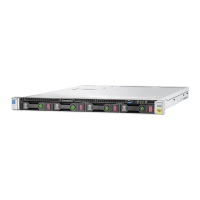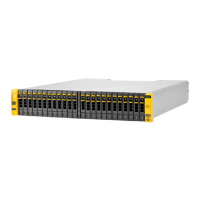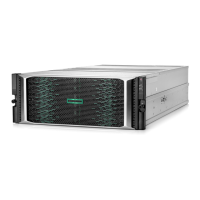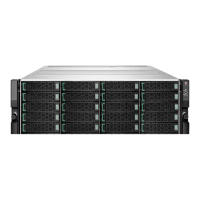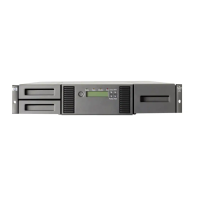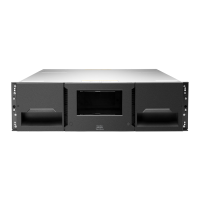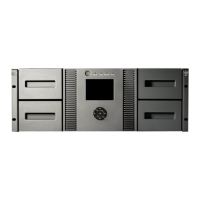NOTE:
The sADT protocol is covered by two standards, a transport specification (ADT) and a command
specification (ADC).:
• For ADT-2, see the T10 ADT-2 Standard or ANSI/INCITS standard 272-2011.
• For ADC-4, see the T10 ADC-4 Standard or ANSI/INCITS standard 497-2012.
The Ethernet port will be used internal to a library device as it allows drive control commands such as
ejecting media.
The serial automation controller connection supports the Automation/Drive Interface (ADI) transport
protocol (ADT).
Connections between the library and the drive may use either or both of the physical connections:
• sADT only
• iADT only
• iADT and sADT
The drive also supports ADI bridging as defined in the INCITS T10 ADC-4 standard over both sADT and
iADT.
Table 12: Automation ports and ADT ports available on LTO-6 drives
Port Protocol Comments
ADI Automation/Drive Interface T10 standard sADT Primary automation interface over
RS-422 serial link.
iADI Internet Automation/Drive
Interface
T10 standard iADT Ethernet equivalent of the ADI port.
iADI-
TLS
Internet Automation/Drive
Interface using Transport Layer
Security
T10 standard iADT Secure Ethernet equivalent of the
iADI port.
Automation/Drive Interface (ADI)
The INCITS T10 (SCSI) committee has a working group devoted to the development of a common
Automation-Drive Interface (ADI). ADI consists of two standards:
• Automation/Drive Interface—Commands (ADC-4), ANSI INCITS 497-2012, which specifies the SCSI
command set used over ADI.
• Automation/Drive Interface—Transport Protocol (ADT-2), ANSI INCITS 472-2011, which specifies a
transport protocol for ADI.
Internet Automation Device interface (iADT)
The iADT or Ethernet port provides all the same functionality as the ADI port but can also be used for:
Automation/Drive Interface (ADI) 55
